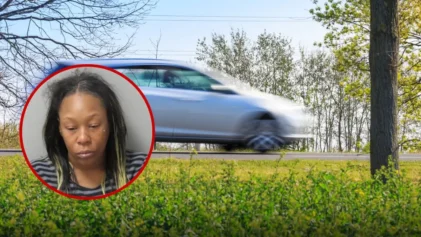This holiday more homeless people than usual will be displaced, as local governments across the United States move to prevent outdoor camping by the homeless.
Over a third of U.S. cities have begun to implement citywide bans on public camping, which is a 60 percent increase since 2011, according to a 2014 survey of 187 cities by the National Law Center on Homelessness and Poverty.
The study found that over half of the cities surveyed do not allow camping in public areas and that bans of this nature have grown by 16 percent over the past three years.
The idea behind these bans is that the homeless are better off in city shelters, according to city officials. But what happens when the shelters are full? Where do those people go?
Most notably a site called “the Jungle” in San Jose, California, which is a 68-acre shantytown at Story and Keyes roads along Coyote Creek, was dismantled earlier this month for safety and “environmental reasons,” dislocating the site’s estimated 300 residents.
“This is my home,” one Jungle resident, Eva Martinez, told the San Jose Mercury News. “Now I’ll have to lay down on the street, somewhere outside. I couldn’t bring out all of my stuff. The rest will end up in the dumpsters, I guess. It’s terrible. It’s terrible for all of us.”
The site was also cleared out in 2012, but this time the city has allotted police officers to regularly patrol the site and ensure that its residents do not return.
The removal of the site did have one slightly positive outcome, though. Before the city took down the camp, a $4 million program was established to help find housing for 200 former residents, Ray Bramson, the city’s homelessness response manager, told Reuters.
“The best long-term solution is to get people the support they need—then they won’t be outside,” Bramson said.
Psychologist and homeless expert, Dr. Robert Okin, doesn’t believe that simply disbanding homeless camps solves the problem.
“It may be a solution to an eyesore, but it’s not a solution to homelessness,” he said.
Many experts share his sentiments and pose that these bans are just part of an effort to further criminalize the poor.
“We basically think what’s driving this is that visible poverty is bad for business and bad for tourism and detracts from efforts for cities to revitalize their urban cores,”Maria Foscarinis, executive director of the National Law Center on Homelessness and Poverty, told Reuters.
But these people are more than just an “eye sore.” They don’t seek to disrupt areas and divert business, they simply need a place to rest.
Former waitress turned homeless person, Teresa Sigerson, spoke about living under an expressway for three years.
“We don’t want to scare people,” she said.


